
Columnist; Science and Academics
The lottery is a simple gambling game of pure luck, and the odds of winning a prize in a lottery are known as very low, sometimes impossible. Lottery is also a game where many players make choices and follow strategies based on superstitions and all kinds of myths and personal beliefs.
In this article, we will see what subjective and objective strategies mean in the lottery and whether there is any effective strategy based on objective criteria and rational arguments that increases the chances of making a profit in this game.
Subjective and objective strategies in gambling
In gambling, a strategy is a set of rules, actions, or moves, depending on the game, that a player may apply during that round or a succession of rounds to attain pre-established goals. These goals vary and are relative to each player's profile and needs. For instance, spending a pleasant time while not losing much money is a goal in itself. Gaining an advantage over the house or opponents to win in a game is a goal also specific to games of skill, not necessarily of chance.
However, monetary-related goals are more frequent and known to characterize gambling – winning a big prize in a short session, keeping a positive balance in the long run, or having a certain profit rate in the medium to long run. For many, the pursuit of wealth or a livelihood through gambling may be a general aim, submitting to these monetary-related goals.
Thus, we can see from the beginning that gambling strategies, regardless of their purpose, have a degree of subjectivity since they are relative to players' personal goals.
However, a strategy, as a set of rules, can be subjective or objective. An objective strategy is consistent with its goal in the sense that it logically increases the chances of attaining that goal. Optimal strategies based on mathematical theories (for the games that allow them) are objective strategies. Objective strategies may also be rational choices consistent with the goal in mind (for instance, selecting slot machines with higher RTP or a lottery with higher odds for its lowest-tier prize). Subjective strategies are those that are not objective, like avoiding a slot machine that has paid out recently or choosing lottery numbers that have not been drawn for a long time.
Lottery strategies
Lottery is the simplest gambling game, offering prizes in large amounts, at least in the first two categories, for most of the lottery matrices. Therefore, lottery players have a clear goal: to win the prizes. Lottery players are known for spending on the lottery, despite the microscopic odds of winning a big prize.
Besides the concrete goal of winning, there is also a chase for sensations that drives lottery players' behavior. Studies in the psychology of lottery players found that the dream associated with “what if” is a reward itself and fuels constant play.
Not all lottery players follow the straight goal of getting rich eventually against the odds.
Many players invest serious money in lottery tickets, and sometimes, they have isolated small to medium wins. For these players, keeping a positive balance between wins and losses is also a monetary-related goal.
Strategies used to follow such specific goals are simple and do not spread over a wide range. While all of these are conceived to serve the aim of increasing the chances of winning money, which is clearly an objective aim, the strategies themselves can be either subjective or objective.
Subjective strategies in the lottery
The subjective strategies in the lottery are conceived to either increase the chances of winning with the played lines or predict the numbers or combinations of numbers being drawn. Such strategies are based on subjective or even irrational criteria and revert to choosing the lines to play. Choosing is a strategy in its own right, and this principle extends to other gambling games, particularly slots and roulette.
Choosing preferred or “lucky” numbers
When playing the lottery, picking numbers that have a certain significance for the player (such as birthdays, sizes of personal clothes, or other important dates) or are thought to be “lucky” is obviously a subjective strategy since it is based on superstition and feelings having nothing to do with rational prediction. The orthodoxy principle that any lottery expert would preach to players spending time to compare the various combinations of numbers to choose one to play is that any two combinations have the same probability of being drawn. While this principle confirms the subjectivity of picking "lucky" or personally significant numbers, it doesn't make the strategy flawed in terms of outcome or cost. Your subjective pick is just as likely to win as any other, and it doesn't lead to a higher wager, unlike irrational overconfidence in games like sports betting or roulette that might cause you to increase your stakes.
Choice by statistical observation
Many players consult past statistics of the outcomes of a lottery and choose to play those numbers that were drawn with the least frequency over a certain period. Or they track the arithmetical properties of the drawn numbers, such as evenness, magnitude, primeness, and so on, and make their choices based on the same criteria of frequency.
This strategy is a form of the Gambler's Fallacy specific to the lottery. The false belief that certain numbers that have not been drawn for some time are somehow “due.” This theory ignores that the draws are independent of each other, and the Law of Large Numbers does not apply for short to medium numbers of trials. This strategy is qualified as subjective for this reason. Still, again, such a qualification does not prevent one from winning by using it, and it has the same probability of winning as any other choice. If there is a faulty aspect of it besides the fallacious argument behind it, it is that doing all that statistical work or observation is simply not worth the time, given the equal probability principle.
More lines, more chances to win, but a possible loss when winning
Playing more lines to increase your chances of winning is the only truly objective strategy to increase your chances of winning the lottery, as the chances of winning increase proportionally with the number of lines played. However, the downside of this general strategy is the poor actual effectiveness. If a player decides to play more lines to increase their chances, their concern should also be investment and possible profit because a small increase in the number of lines implies an insignificant increase in the probability of winning. On the other hand, a big increase in the number of lines may result in an investment higher than the possible gain, not to mention the risk of financial ruin.
For instance, let's take the lower-end category of prizes in Powerball (matching only four white numbers), which has a probability of 1 in 36,525 and a fixed payout of $100. If a player buys 40 lines for a draw, paying $80, they enhance the chances of winning to about 1 in 913 for a profit of $20. However, this new probability is still incredibly low. For more than 50 lines, the investment exceeds the possible prize.
Or take the fixed $1 million prize, with a probability of 1 to 11,688,053. Enhancing this probability to a decent one, say, 1 to 10, would assume buying 1,168,805 lines, amounting to more than twice the chase prize.
Wheels and other systems
A large number of lines leading to decent probabilities of winning is a huge investment and may result in a net loss. Covering all possible number combinations to have a jackpot guaranteed is then obviously out of the question, given the investment. This is why lottery players and experts build systems of playing based on a reduction of the number of lines by certain criteria.
'Wheels,' for example, are groups of lines systematically chosen to secure wins, provided certain numbers are hit in the draw. The wheels are used by individual or collective players and are provided either by written wheel spreadsheets, books, or software.
Each lottery wheel comes with a basic guarantee for a win and usually other secondary guarantees, and a condition for each guarantee. A guarantee refers to one or more prizes in a certain category, and the condition is expressed as the number of combinations from the given set of numbers that the wheel was developed from and are hit in the draw.
For instance, for a wheel developed from 14 numbers, a guarantee of '5 if 6' means the player will get a prize in the 5-hit category whenever 6 of the 14 numbers of the wheel are among the drawn numbers.
A full wheel is one containing all possible combinations unfolded from a whole set of numbers of a size equal to or higher than the size of the draw. For instance, a full wheel of 10 numbers in a pick-5 lottery consists of C(10, 5) = 252 combinations.
Overall, a wheel is a set of combinations of the size of the draw from a given set of numbers included in the entire poll of numbers of that lottery, having certain combinatorial properties by which the chosen combinations become related to each other, such that they provide the stated guarantee under the stated condition. It is actually the result of removing a part of constituent combinations from a full wheel by certain rules (it is also called a 'reduced system').
Another lottery system is the 'bridgehead system,' a special kind of wheel obtained by unfolding combinations sharing a fixed group of numbers and one or more variable elements covering all remaining numbers in the pool. For instance, in a 6/49 lottery, a set of combinations of the form (1, 2, 3, 4, 5, x), where x takes all values from 6 to 49, is a bridgehead system with one variable number. Having three numbers hit in the draw from the fixed 1, 2, 3, 4, and 5 guarantees four numbers hit and a prize in the third category.
Combining randomly or systematically?
A wheel or any related system is a rational compromise of choices for having the following conditions met:
- Covering as many combinations of numbers as possible with a decent investment.
- Guaranteeing one or more wins under a condition that employs a reduced number of numbers instead of the entire pool.
Condition A aligns with the general objective principle of increasing the probability of winning by coverage, that is, playing more lines.
Condition B is a second choice (considering numbers, besides combinations) and a way of simplifying things and accounting for the results when playing a large number of combinations.
With this description, any wheeling system seems very rationally conceived and mathematically functional, and that is indeed the case, even though there are subjective elements of the strategy, for example, choosing the numbers that a wheel will be developed from by subjective criteria such as a low relative frequency of occurrence over a definite period.
However, the question arises as to whether playing wheels or random systems (whose combinations are chosen randomly) is more effective, and the answer is not straightforward.
Probability of winning, amount of prizes, and cost
When it comes to winning the jackpot in most lotteries, your probability of hitting all the numbers directly increases with every line you play, regardless of its structure. Any two lines are independent and exclusive to each other, even if they share some numbers. Therefore, with respect to the probability of winning the top prize, a wheel of any kind does not offer a higher probability of winning than a random system with the same number of lines (combinations) and thus an equal cost. However, effectiveness is measured not only in the probability of winning the jackpot but also in the possible number of prizes of any kind.
In this respect, a wheel can guarantee several prizes of a lower category if the conditions are met. The total amount of these prizes is yet variable and depends on each draw for those lotteries where payouts are based on a share of ticket sales. Therefore, winning a lower-tier prize with a wheel doesn't automatically mean profit either; it depends on the wheel's total cost and the prize amounts won.
Also, remember that the overall probability of winning isn't always just the number of lines multiplied by the probability of winning with one line; it also depends on the specific prize category, as we'll discuss later.
Exclusive and non-exclusive lines
If we talk about second—or lower-tier prizes, the combinations that a wheel consists of are no longer mutually independent and exclusive as probabilistic events. The reason is that they share common numbers, which may be winning.
For example, the lines (2, 5, 8, 24, 36, 40) and (3, 5, 24, 35, 36, 40) share the numbers 5, 24, 36, and 40. If that lottery has a prize category for four numbers hit and numbers 5, 24, 36, and 40 are drawn, the player is entitled to get two such prizes with those lines – which sounds good – however, the probability of winning at least one such prize, estimated before the draw, is less then the probability of the same event in the case the two lines shared at most three common numbers, being mutually exclusive with respect to that event in the latter case.
In general, two lines in a system are called mutually exclusive with respect to the k-prize (requiring hitting k numbers from the n drawn, k < n) if they cannot win both with k winning numbers. A sufficient condition for any two lines in a system to be mutually exclusive is that any two lines do not share more than 2k – n – 1 numbers. Call this the exclusiveness condition for a system.
If the exclusiveness condition is met, then the probability of winning a k-prize (or higher) with such a system is linear with the number of constituent lines, that is, maximal. If it is not met, the probability will be lower because the system covers fewer possible winning combinations. In our example above, the presence of the numbers 5, 24, 36, and 40 in both lines prevents other 4-size combinations from being covered.
The probability of winning a lower-tier prize is reduced for a wheel compared to a random system with the exclusiveness condition; however, in general, the difference between the two probabilities is not high, and sometimes it is negligible.
Comparisons between the systems
The mathematics involved in lottery games says that the following comparisons between the effectiveness factors hold for the three cases: random systems with the exclusiveness condition, full wheels, and reduced wheels.
Given the following:
- P1, P2, and P3 denote the probabilities of winning in that category for the three compared cases.
- N1, N2, and N3 denote the number of possible multiple winnings.
- C1, C2, and C3 denote the costs of the systems.
We have the following order relations:
For the same cost of the systems (C1=C2=C3), meaning the same investment and the same number of lines played: P1>P2>P3, and N2>N3>N1=1
This means that the random system under the exclusiveness condition offers the maximal probability of winning, while the full wheel offers the minimal.
It also means that the largest number of possible multiple winnings is offered by the full wheel and the smallest (one) by the random system under the exclusiveness condition.
For the same winning probability of the systems (P1=P2=P3): C2>C3>C1 and N2>N3>N1
So, the full wheel costs the most, and the random system costs the least. The largest number of possible multiple winnings is offered by the full wheel, as in the previous case.
We can observe that in both situations, the reduced wheel acts like a compromise between the other two types of systems, which hold the minimal and maximal values for each of the factors employed in the comparison.
Choosing systems as a strategy
When choosing a lottery system to play, the first criterion followed is cost – systems can contain lines in numbers ranging in order from tens to thousands, and thus, bankroll is an important factor for the decision. Big investments need to be evaluated against risks, which involve both the probability of winning and the possible profit.
Full and reduced wheels are usually chosen when targeting multiple winnings in lower-tier categories of prizes. However, such systems can be costly enough to be risky. In lotteries where such prizes are variable and depend on the sales, the risk is that the system may result in financial loss even when some winning combinations are hit.
Costly systems are supposed to chase the jackpot, and the probability of winning becomes the most important factor in the decision to choose one.
A reason why I placed the wheeling systems in the category of subjective strategies, despite their mathematical constitution, is that the rational use of each system is relative to the personal goals of the players and their resources. But it's not the only one. The general objective principle of having the chances of winning increased by playing more lines is not always followed when using wheels. Most lottery players are not familiar with lottery math and fall prey to the myth that wheeling increases the chances of winning.
The truth is that they increase them just because more lines are played (as in a random system) – in general, it is the number of lines that increases the winning chances and not the particular structure of the system. Finally, reducing the options of combining to a certain set of numbers may be again a subjective choice if those numbers are “preferred” or thought as “more likely to be drawn.”
Objective strategies in the lottery
Objective strategies stick with the principle of increasing the chances of winning, but also target the maximization of the expected value. It may be surprising that the latter kind of objective strategy exists in the lottery, where the payoff is unknown before the ticket sales stop, but there is a special form of such maximization.
As for increasing the probability of winning, this can be done with systems or random play as well. The question is whether there exists an objective strategy that is really effective, that is, it can materialize during one's lifetime against the minuscule odds of winning.
Syndicating and associating
A lottery syndicate is an organized group of lottery players who play together. They share investments and prizes. A syndicate may acquire the status of a legal entity or remain a civil group with no official identity. The latter status is also specific to any form of association between people for playing the lottery.
Whether in small or big groups, people often associate to buy tickets together and share the profits. The legal status is preferable for such associations, as it prevents unwanted situations of unethical behavior or fraud among the individuals of the group, as well as having a more official business relationship with the lotteries.
The obvious advantage of such associations is that big investments in a draw are made possible, implying a significant increase in the probability of winning, including for the jackpot, and a decrease in the risk for the individuals.
Several players have won more than once in the history of the lottery. For a few of them, their success was a matter of pure luck, but the rest of them played by an elaborate plan, which included association.
An analysis of Powerball and Mega Millions jackpots from 2002 to 2010 found that between 14.4% and 16.6% were won by syndicates, and 10.5% to 9.25% were claimed by trusts or corporate entities. Overall, it is estimated that between 15% and 25% of all jackpots in the U.S. are claimed by syndicates.
The longstanding record is that of the Romanian mathematician Stefan Mandel, who won 14 different lottery jackpots. His strategy was not based on any scheme of choosing numbers or combinations but simply aimed to cover as many combinations of numbers as possible with the purchased tickets. He did that by playing in a team.
However, such a strategy is not simple at all to put into practice. It assumes identifying the lotteries with the best balance between winning odds, the price of the tickets, and prizes. It also requires that some technical conditions be met by the lotteries, such as allowing self-printing of the tickets and using algorithms to generate the combinations. The strategy also requires checking the jackpots regularly and getting into action at the right time. Therefore, it's more of a logistical problem rather than a mathematical one, and convincing enough investors to join the project is a tough task.
What is not good for the others might be good for you
It is a fact that most lottery players avoid playing certain particular combinations, for example, (1, 2, 3, 4), (2, 4, 6, 8), or (10, 20, 30, 40). Such behavior is driven by the fallacious belief that such combinations have less chance of being drawn than the “regular” ones. In theory, these “special” combinations have the same probability of being drawn as any other.
Some choose numbers with certain significance in their life, especially birthdays of the members of their family, just as lucky numbers. The same principle of equal probability stands for such combinations as well.
Since for most of the lotteries the prize fund is established as a share of the total ticket sales and the specific prizes for each draw are established accordingly, a player winning with a line that the vast majority of players avoid will receive a prize larger than that for winning with a non-avoided line.
Therefore, the optimal decision for a player would be to play this kind of special line, as in the case of a win, the prize will be divided among fewer winners. The same argument holds for avoiding playing lines with numbers representing birthdays, that is, numbers 1 to 31.
Obviously, the argument remains valid as long as the minority does not become the majority!
If that happens, the recommendation switches to the opposite of the initial one.
This reverse-psychology strategy is an objective one, as it maximizes the possible prize in case you win. It has nothing to do with increasing the chances of winning and its effectiveness will only manifest when you actually win, as the argument behind it is conditional and the win is hypothetical.
Conclusion
Lottery strategy is dominated by choices of all kinds, most of them subjective. Objective choices of numbers to play do not pertain to any increase in the chances of winning, as any combination of numbers of the same size has the same probability of being drawn. Instead, they pertain to maximizing the amount of the possible win, for which the only objective strategy is to play particular combinations that most of the players avoid.
The general principle that any objective strategy follows is the increase of the chances of winning by playing more lines. This can be done by generating the lines randomly or using wheeling systems. Playing with wheels has its subjective features, as, in general, the probability of winning lower-tier prizes is lower for a wheel than for a random system with the same number of lines. This is an objective strategy only when the goal is set to make a profit in whatever amount relative to a limited bankroll.
In gambling, the objectivity and effectiveness of the strategies are different. However, in the case of the lottery, the question in the title can be answered straightforwardly: The only proven effective strategy in the lottery is to cover as many combinations of numbers as possible by playing in a syndicate or private association under the most favorable conditions available, determined by careful analysis and observation over a wide range of lotteries.
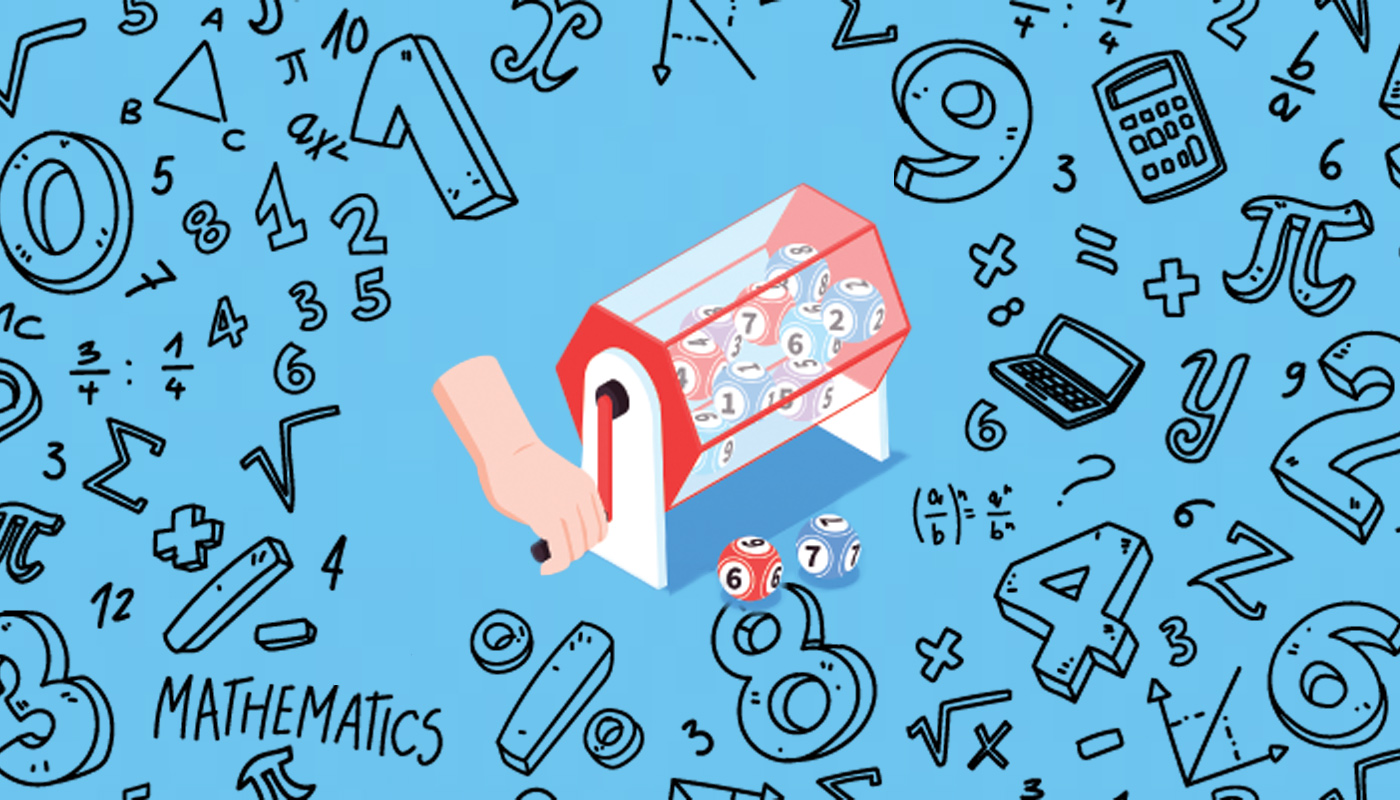



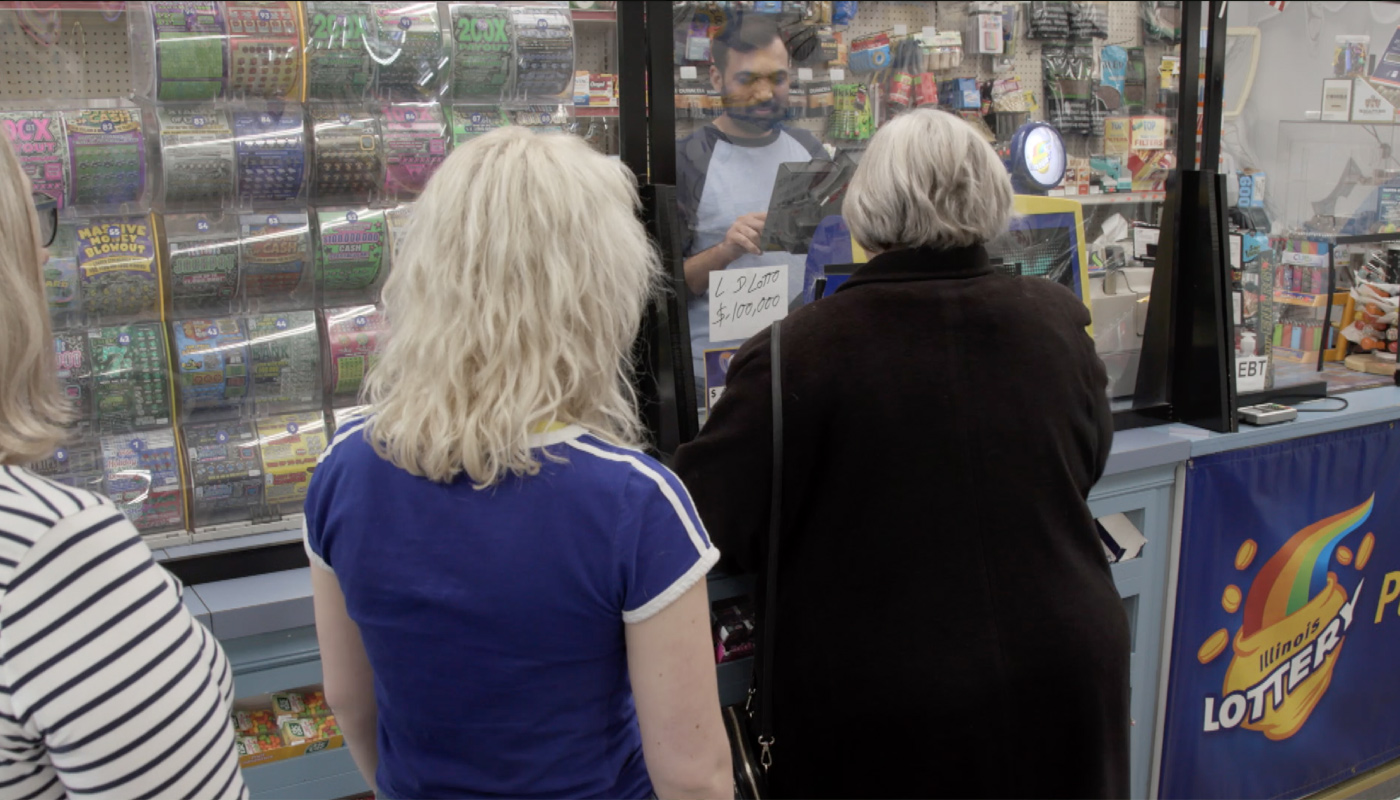

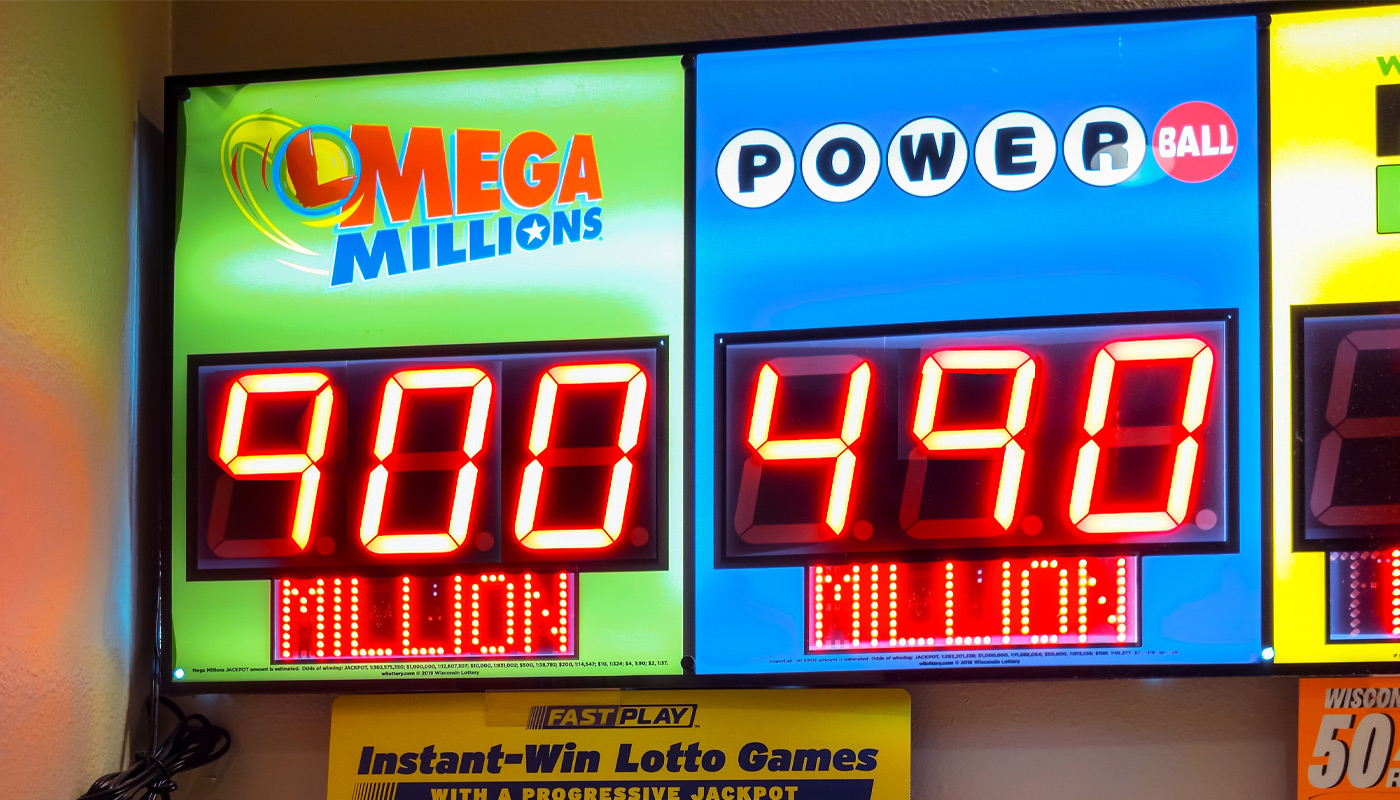
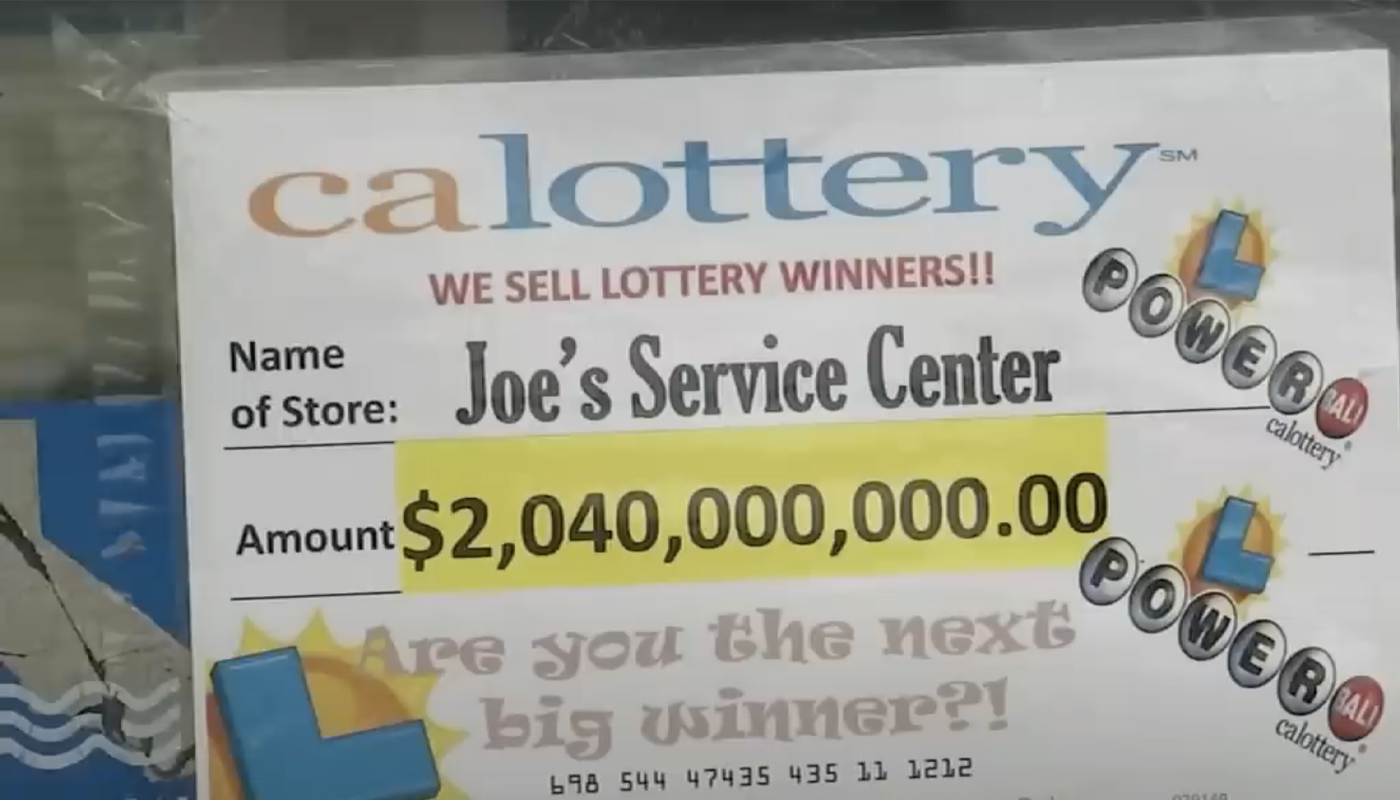

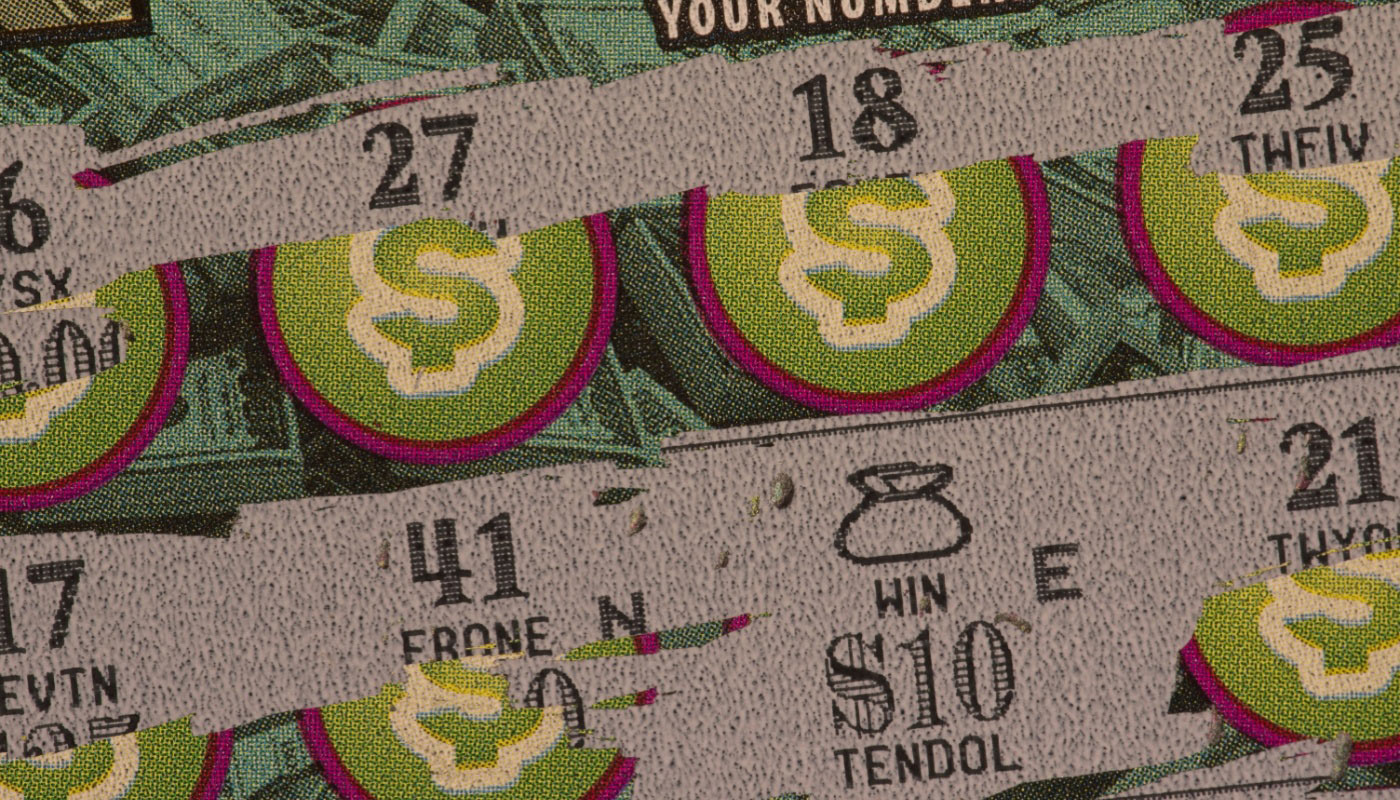

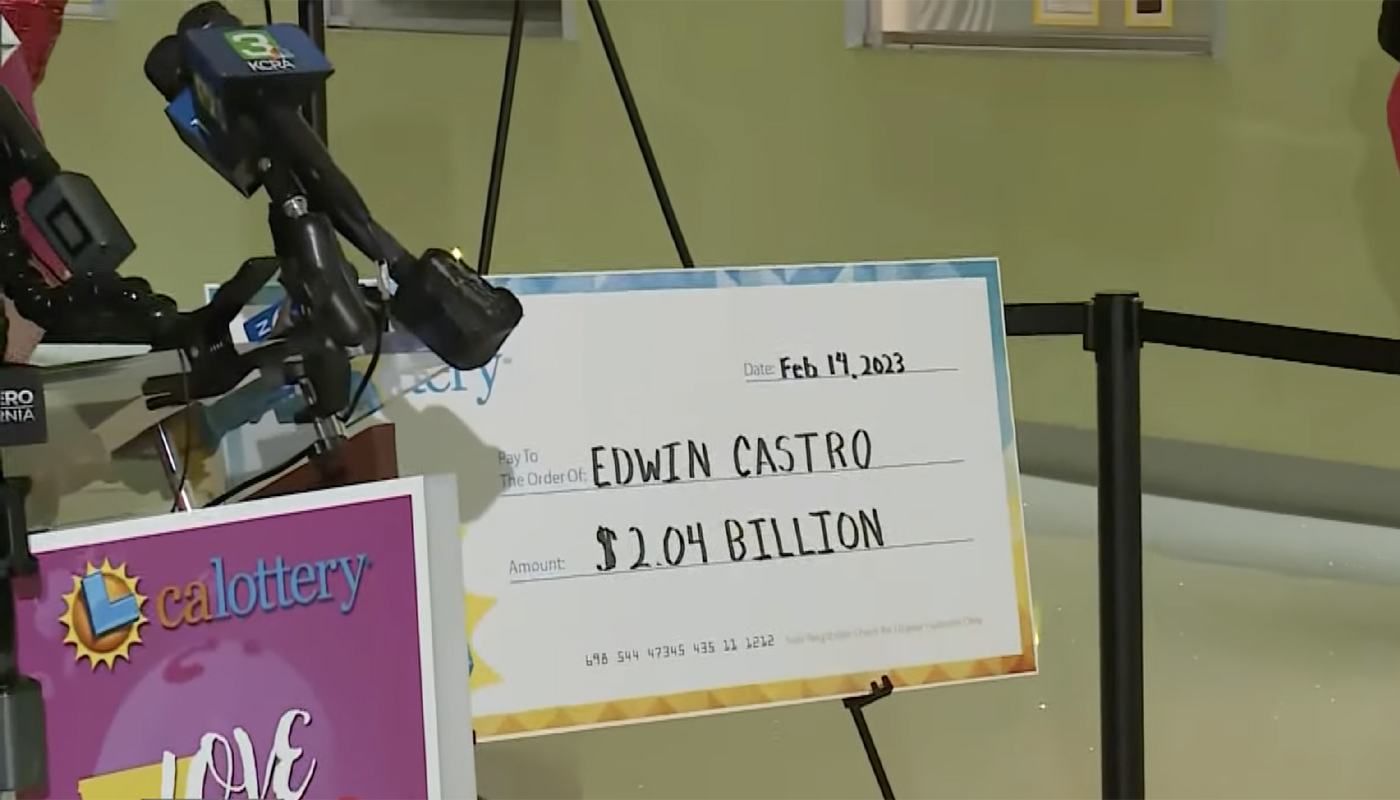









Comments